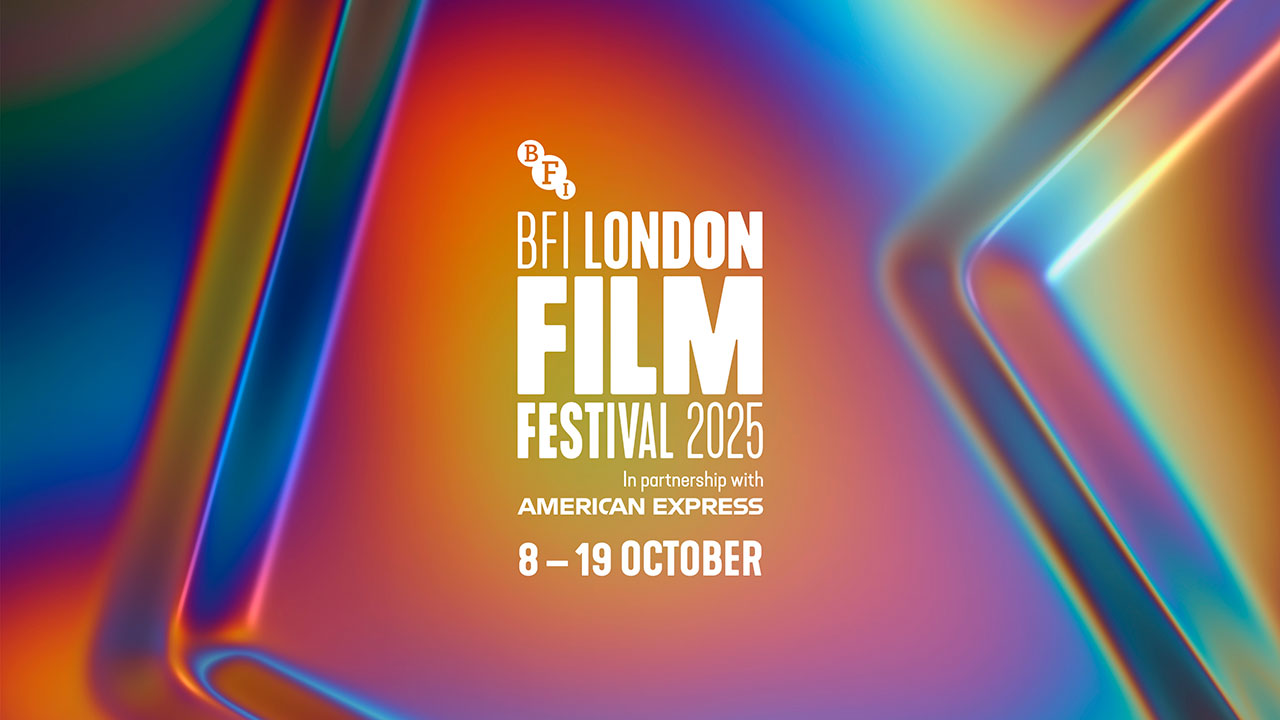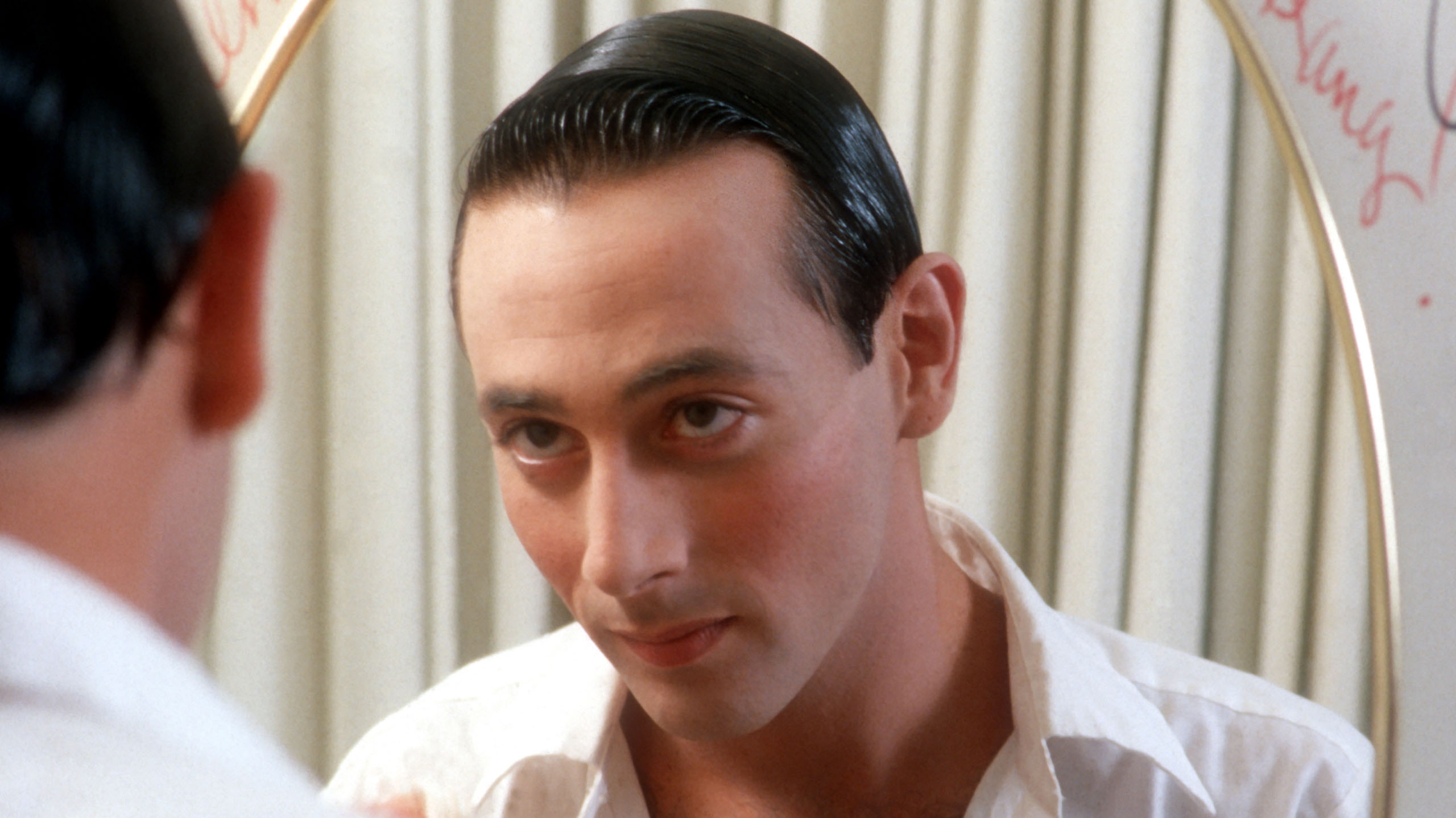Beatles ’64 Brings Beatlemania to a New Generation with Emmy-Nominated Sound

By: Ellie Powers
Through restored footage, raw mixes, and modern storytelling, the documentary reintroduces the frenzy of The Beatles’ first U.S. tour to a new generation.
During a two-week period in February of 1964, The Beatles came to America. It was their first time in the States, and their journey was closely documented by the Maysles brothers, Albert and David, who followed the band as they arrived at JFK, performed on The Ed Sullivan Show and at the Washington Coliseum, and interacted with frenzied fans.
In Beatles '64, director David Tedeschi and co-nominees Josh Berger and Giles Martin set out to preserve that energy while reintroducing Beatlemania to a modern audience. The two-time Emmy-nominated documentary blends Albert and David Maysles’ footage with material sourced from private collectors and television archives.
Josh Berger, nominated for Outstanding Sound Mixing for a Nonfiction Program, and winner of a CAS Award for his work on the documentary, approached the mix with a clear philosophy: preserve the imperfections. “The initial instinct is to clean up and produce a flawless track,” he says. “However, too sterile of a mix takes the viewer out of the film. With the historical music and dialog, we aimed to keep as many of the ‘imperfections’ in the track as we could. Every choice was made in service of the story.”
That meant working at a surgical level, removing only the most distracting elements while retaining the texture and depth of the original recordings.
The sound editorial team smoothed out major inconsistencies early on, but the final mix was shaped in response to the full story. “Once we had the final sound effects and music,” Josh explains, “we had a better idea of what was distracting and what was workable and enhanced the authenticity of the track.”






Collaboration was key. Giles Martin, son of legendary Beatles producer George Martin, received raw de-mixed tracks from Park Road Post and used modern tools to build enhanced stereo mixes of the live performances. “Giles knows these songs better than anyone,” Josh says. “He used his deep knowledge and great skillset to work the tracks but not to take away the raw energy of these performances.”
The mix had to walk a fine line between historical fidelity and contemporary clarity. The goal was not to fully smooth out the sound into perfection. The team labored to preserve the unprecedented, undeniable obsession the world had with the boys from Liverpool. They maintained the chaos of screaming fans, the grit of mono tape, and the unfiltered charm of the Beatles at the height of their early fame.
For Josh, the experience was surreal. “Working with these restored 1964 tapes was nothing short of extraordinary,” he says. “Collaborating with Giles and his team on a project of this caliber was both humbling and exhilarating.”
Visual Restoration and Color Grading
Similarly, the Harbor picture finishing team, led by colorist Joe Gawler, worked to restore the original Maysles footage to complement the remastering and mixing work done by Giles and Josh.

The documentary contextualizes the footage from the time with interviews, some conducted by producer Martin Scorsese, including those with Paul McCartney and Ringo Starr. Joe and the finishing team followed David’s direction to achieve a modern look that would resonate with a new demographic. “We wanted it to look pristine because we felt that would make it more accessible,” Tedeschi told IndieWire. “We want to appeal to people who don’t necessarily know who The Beatles are. You might laugh at that, but a lot of young people aren’t really aware of their music.”
Much of the footage was restored by Peter Jackson’s Weta and Park Road Post. Joe worked closely with director David Tedeschi and cinematographer Ellen Kuras “to craft an impactful look for the interviews that complimented the Beatles archive footage,” Joe says.
The film speaks both to then and now, to Boomers and Gen Z, thanks to thoughtful mixing, meticulous restoration, and a deep respect for the source material. The Emmy nomination is a recognition of that work, and of the enduring magic of the Beatles’ sound and spirit.

